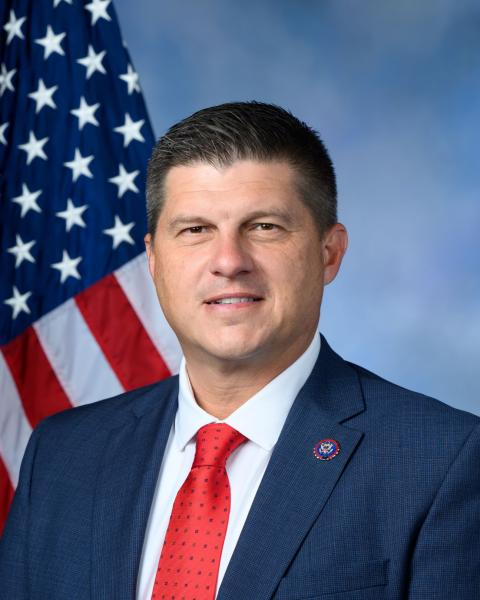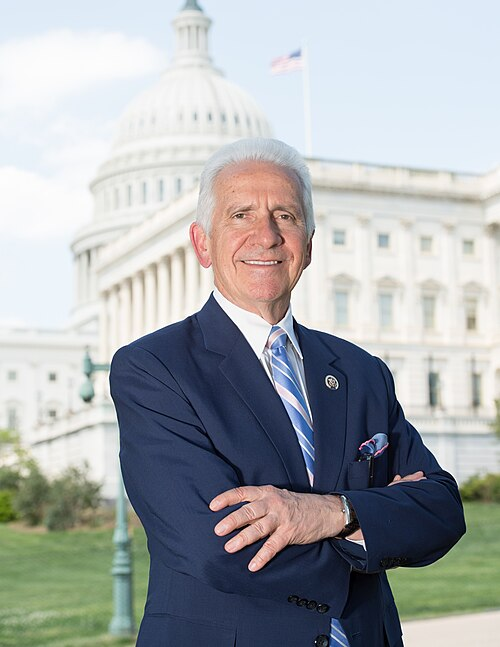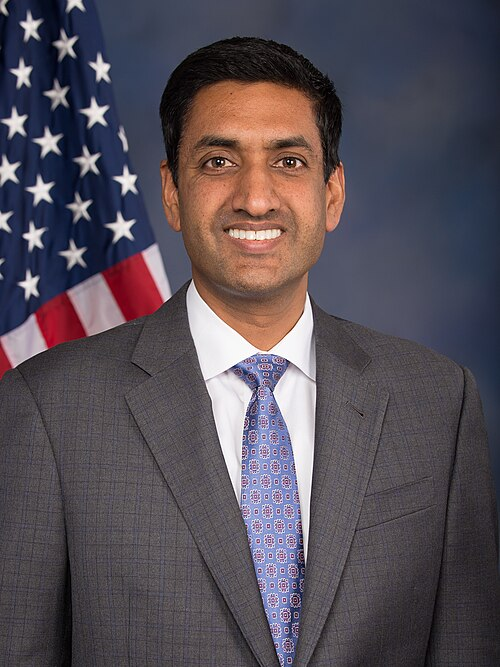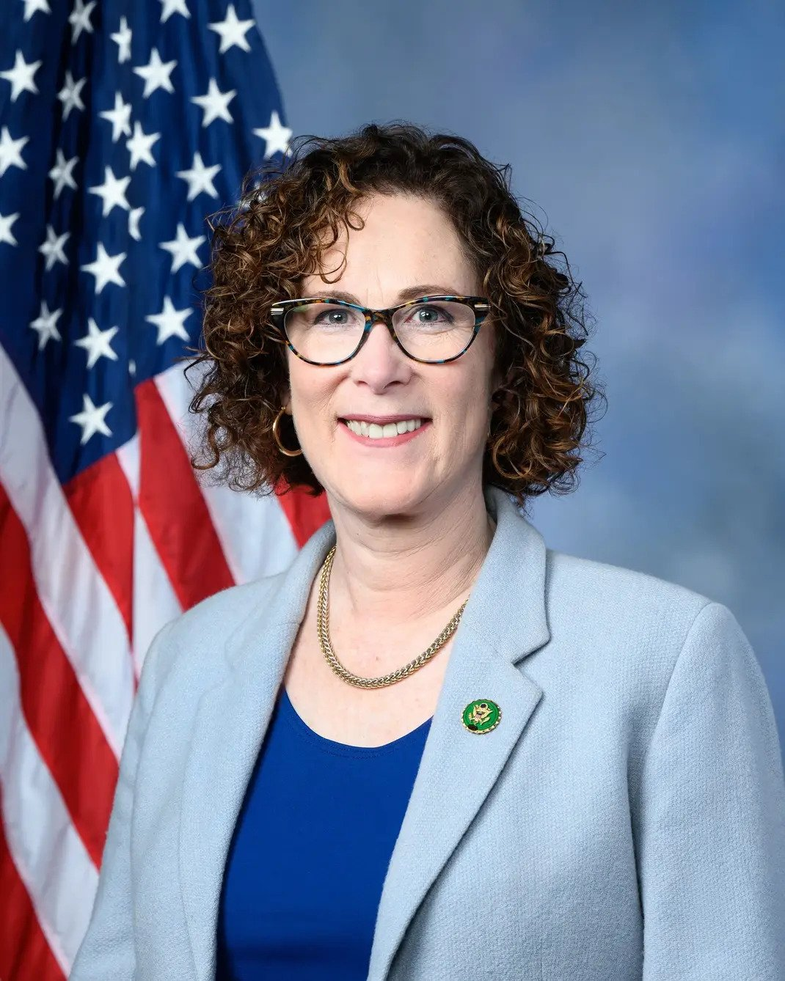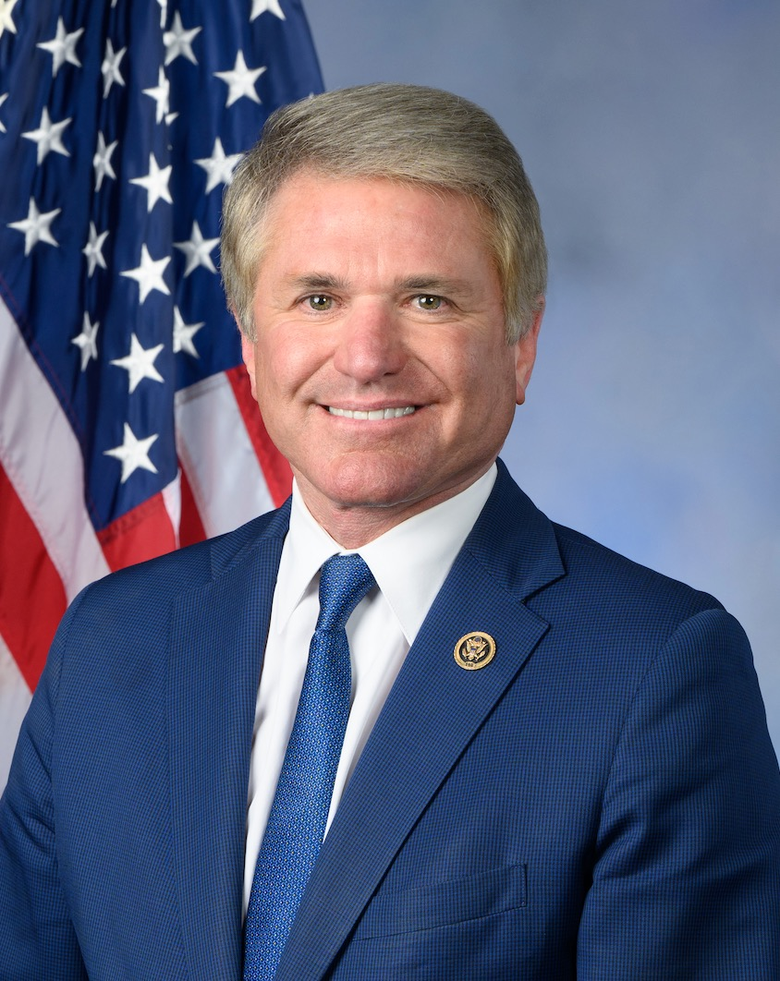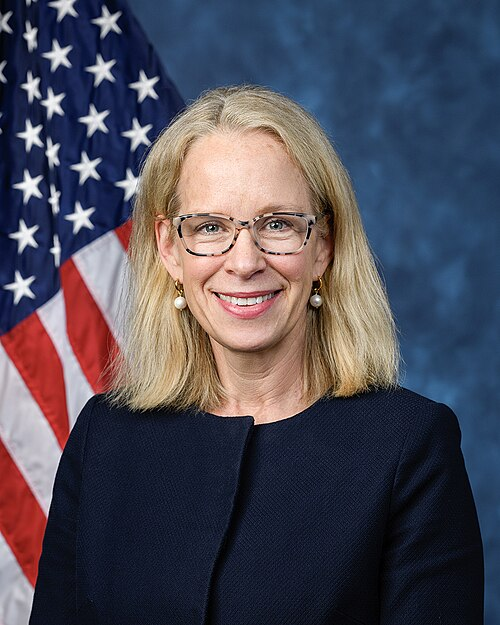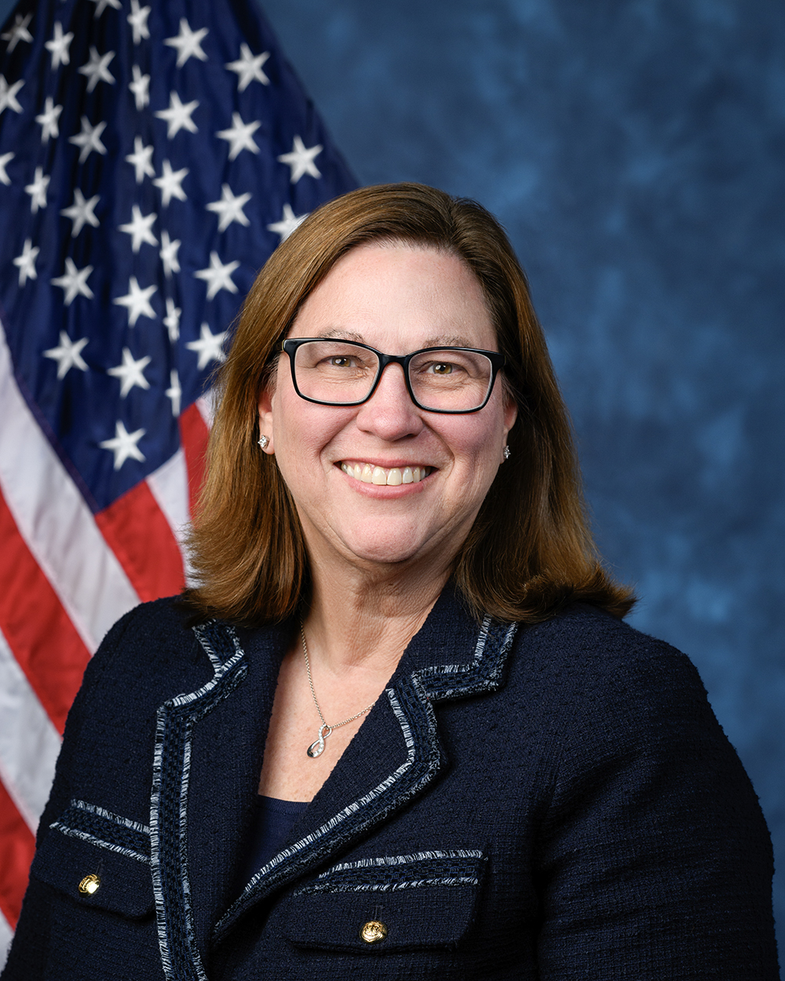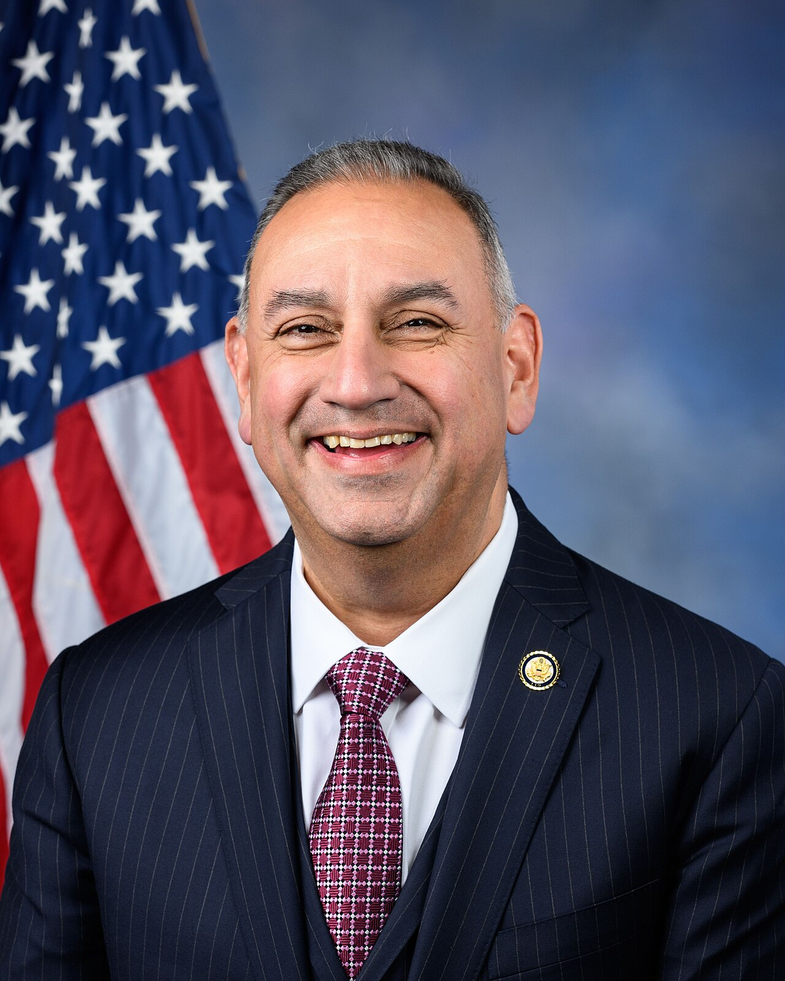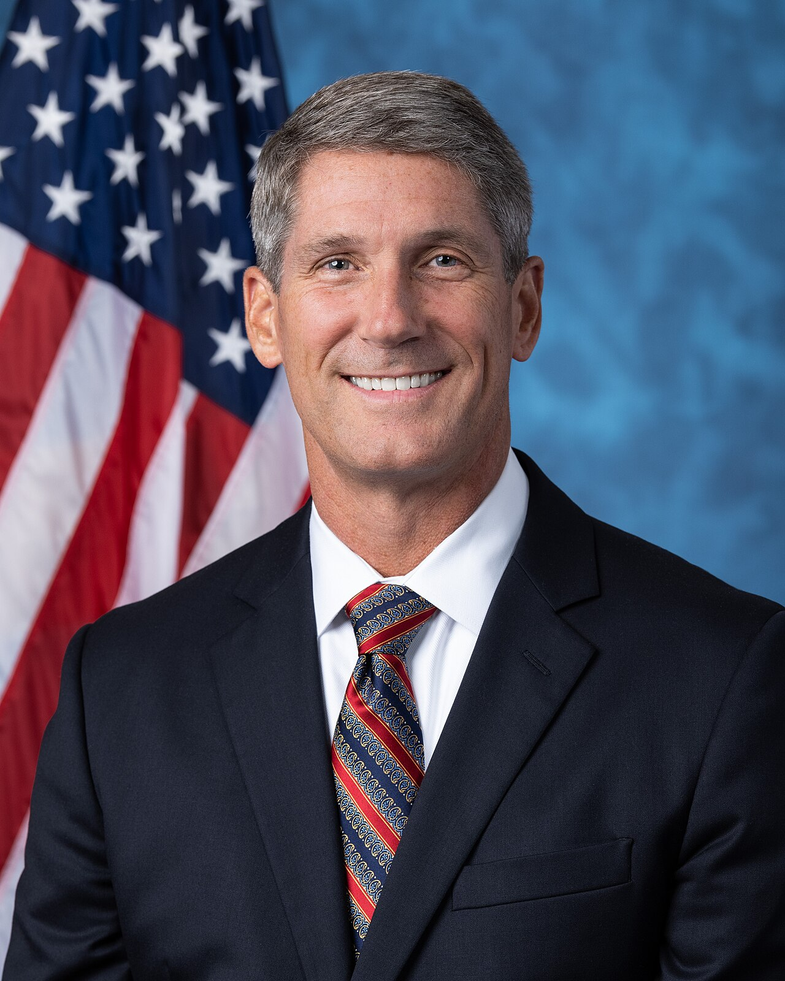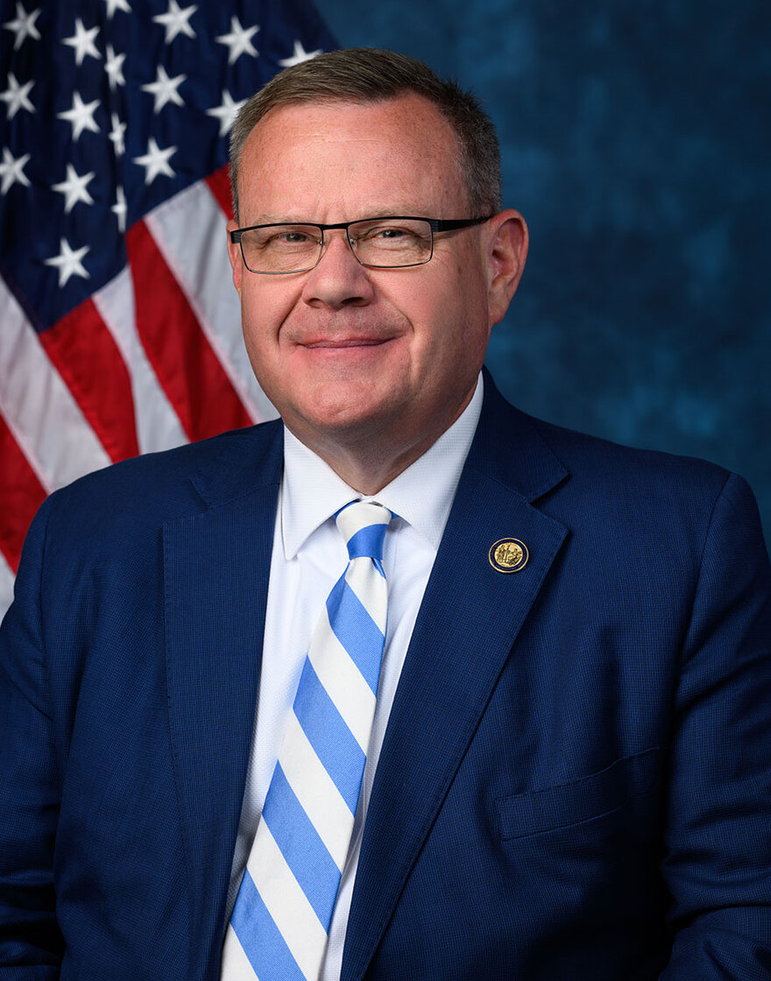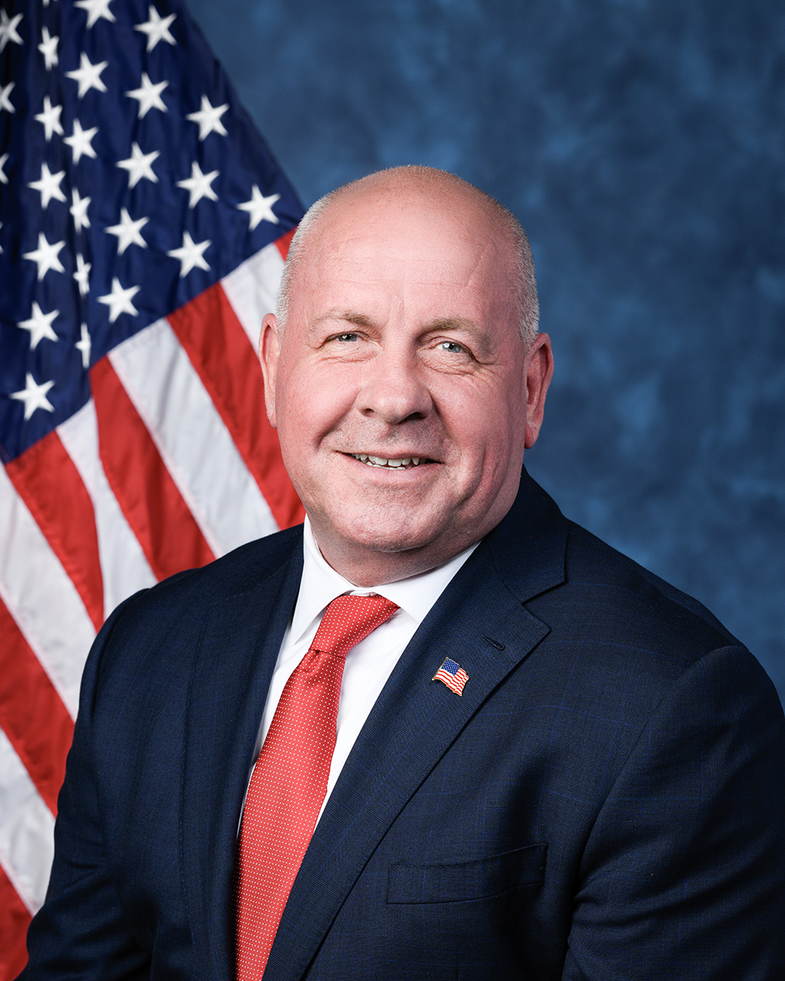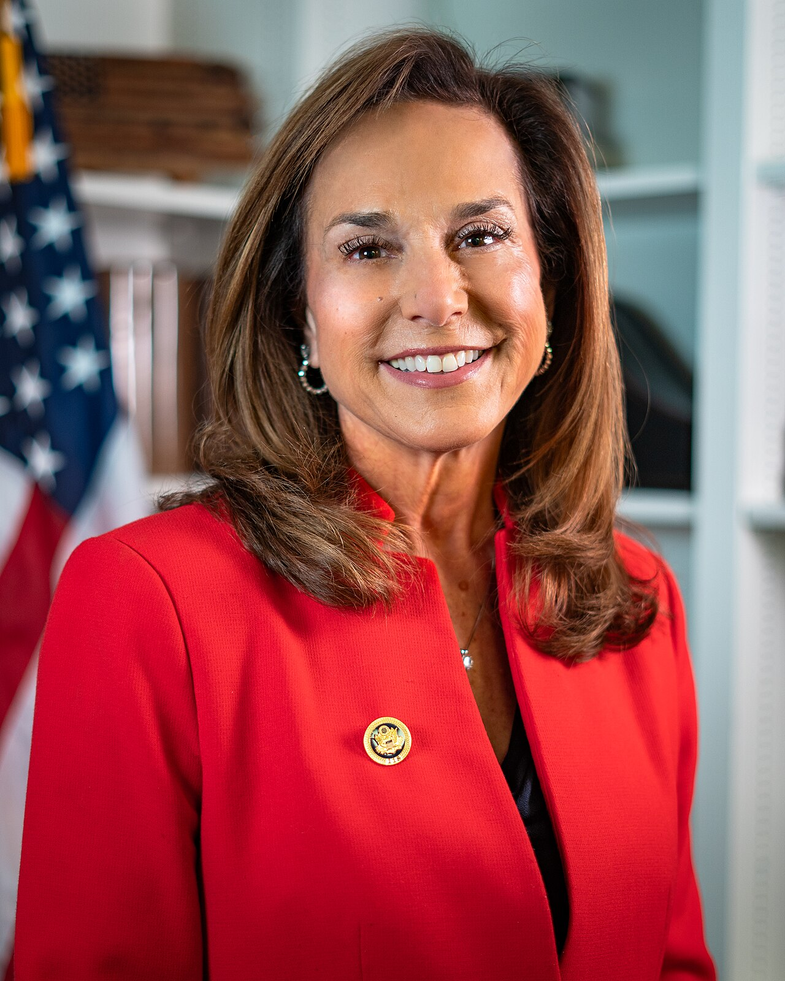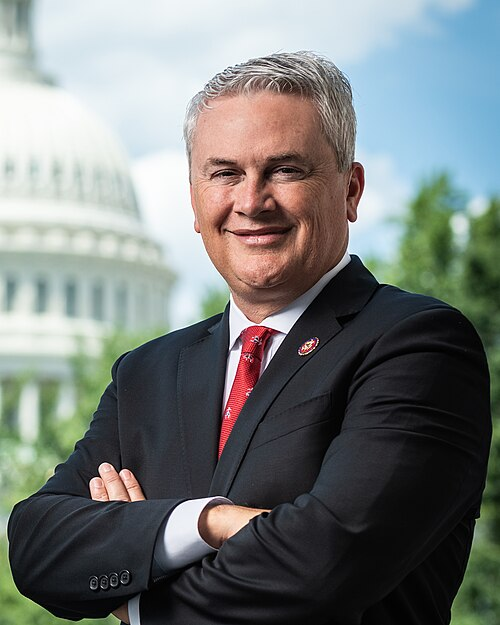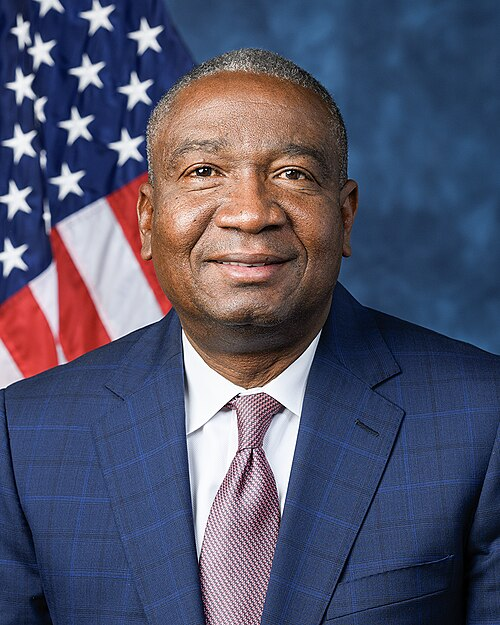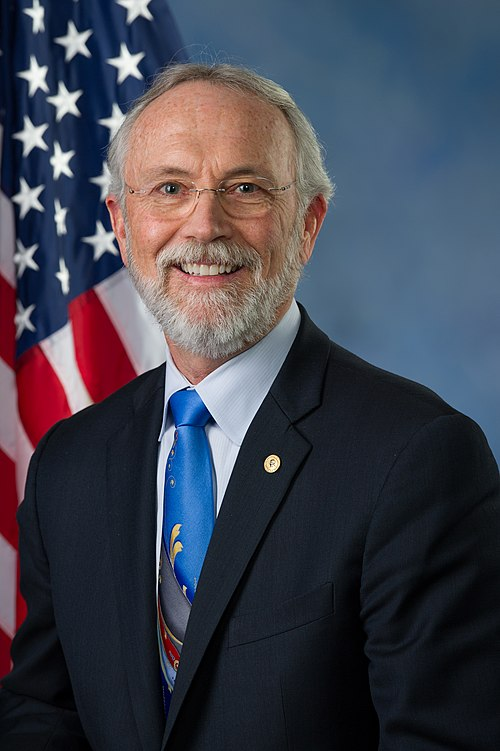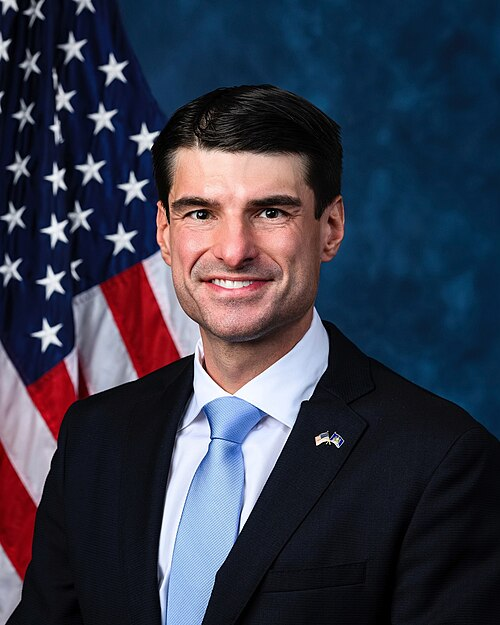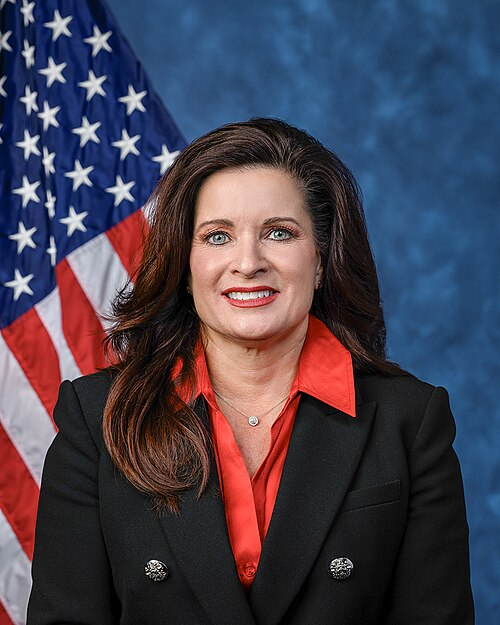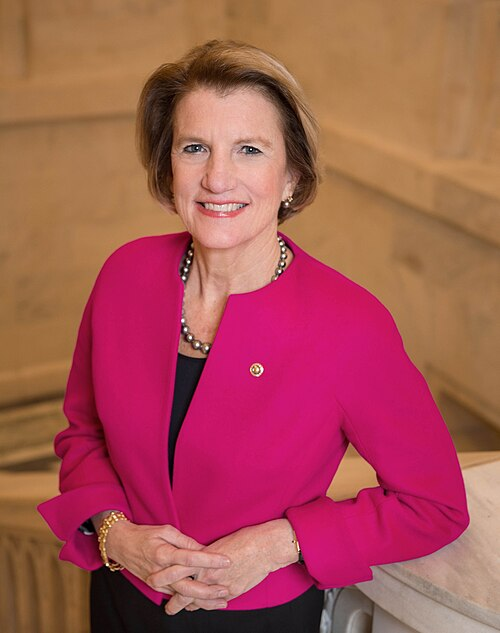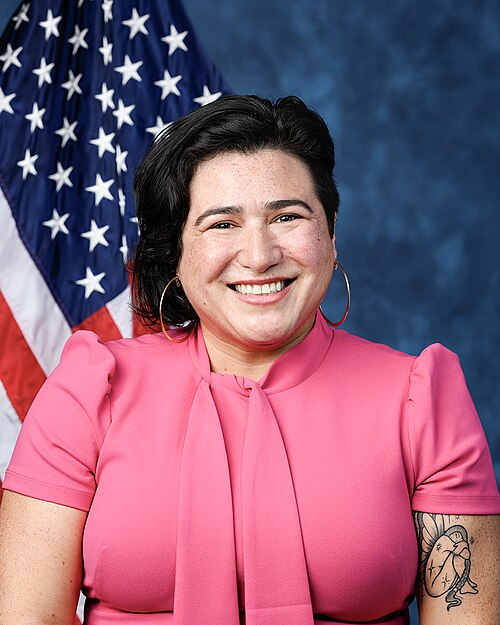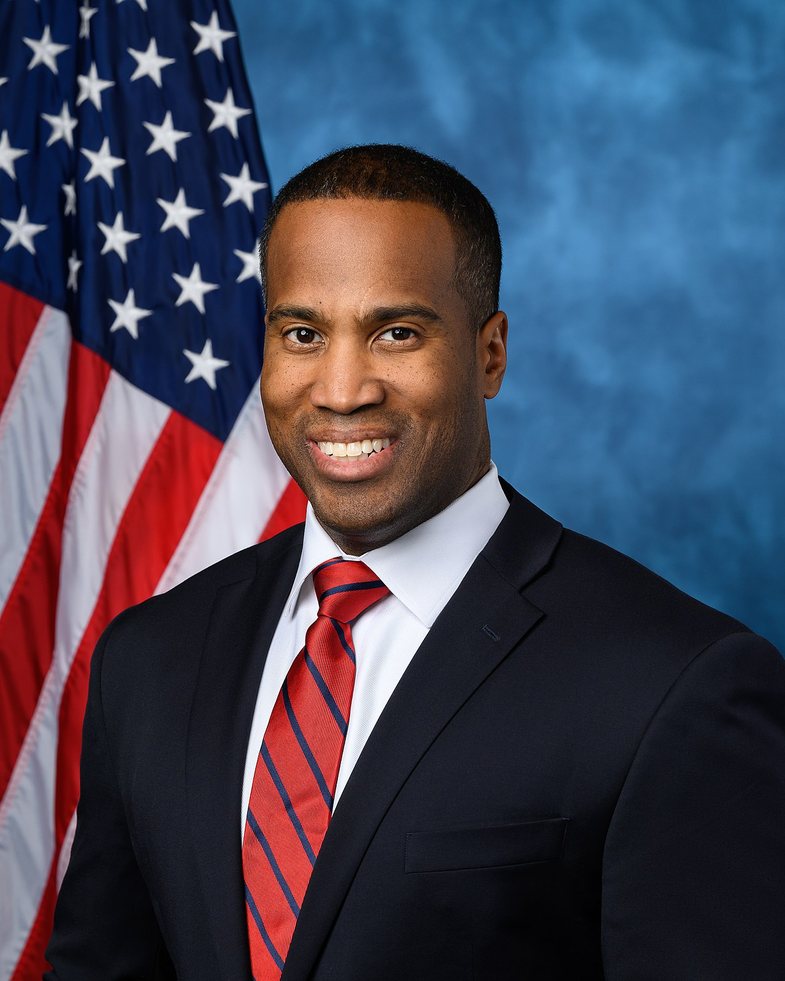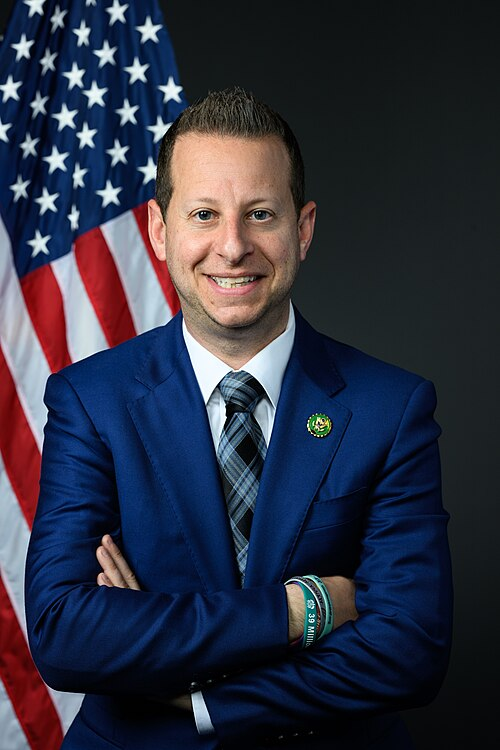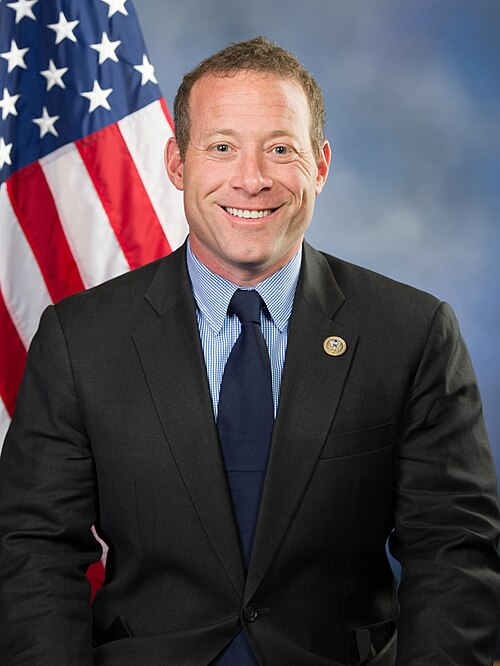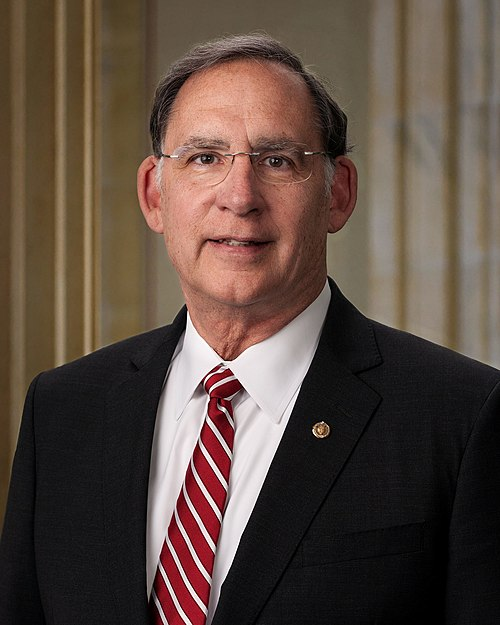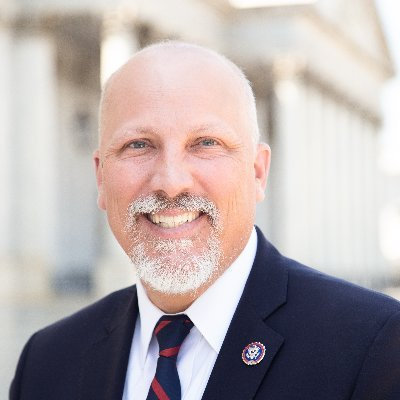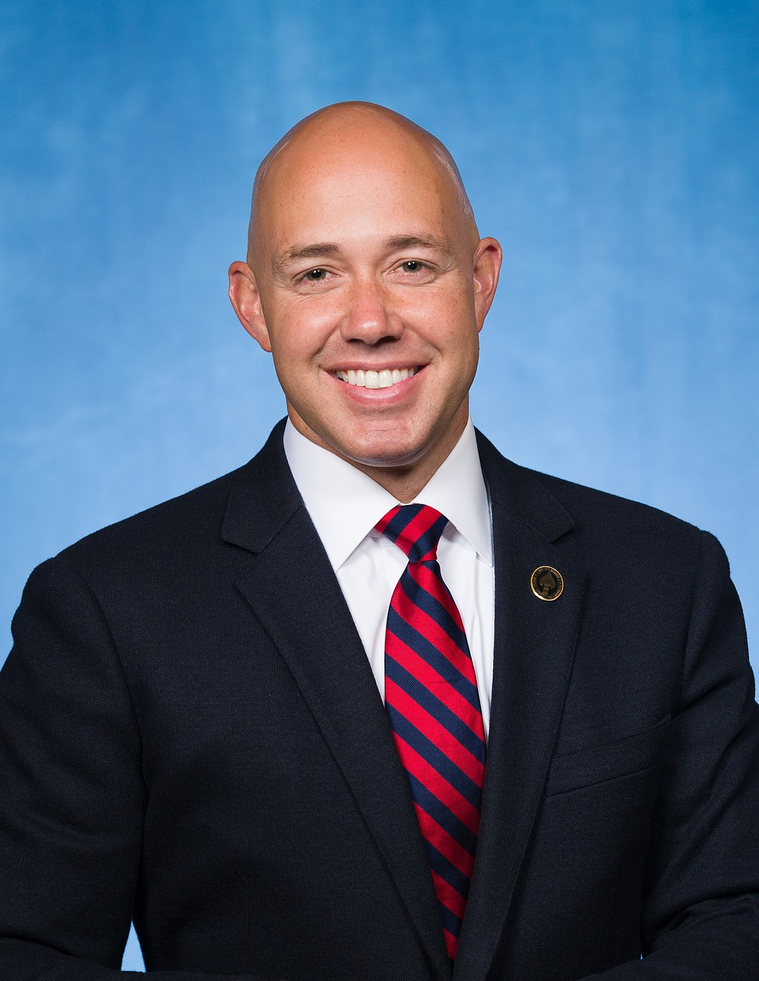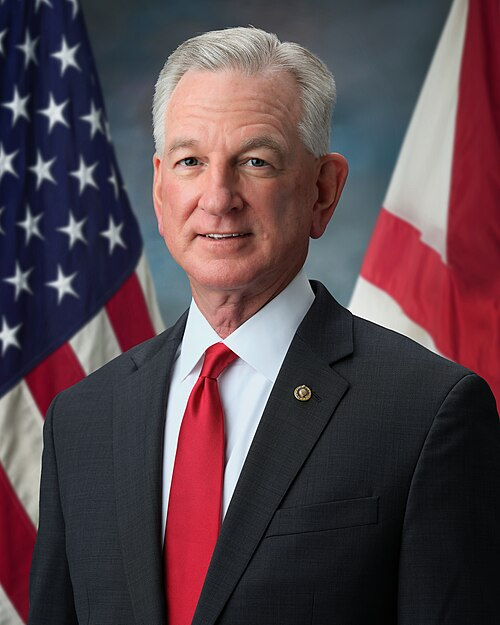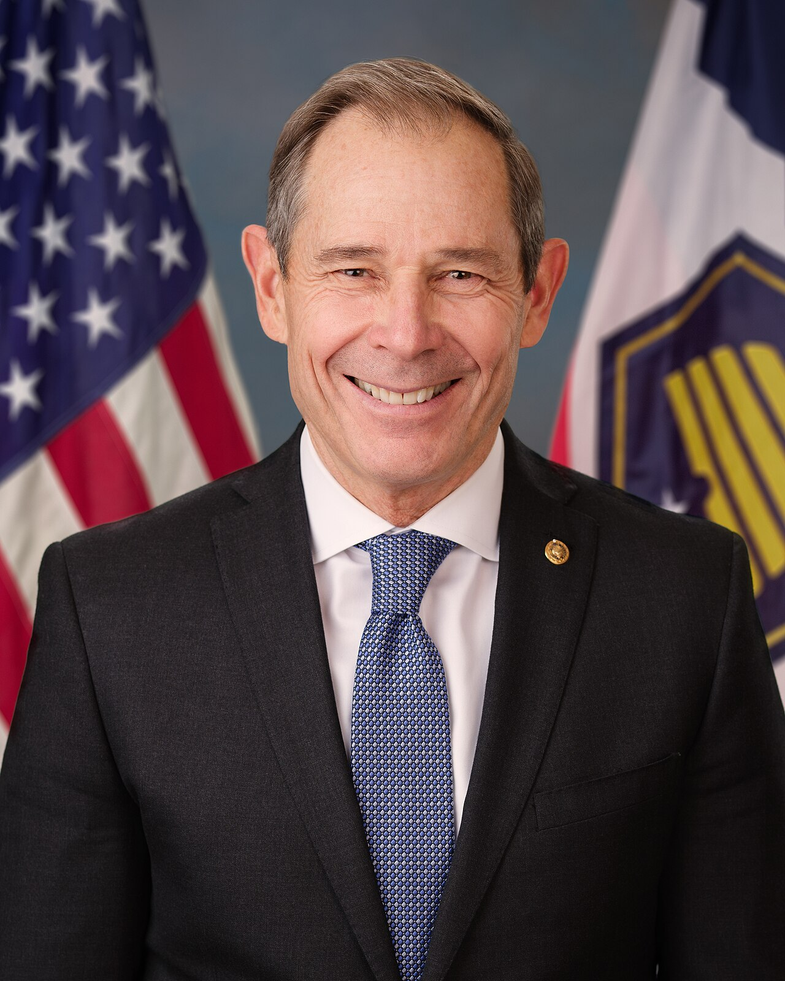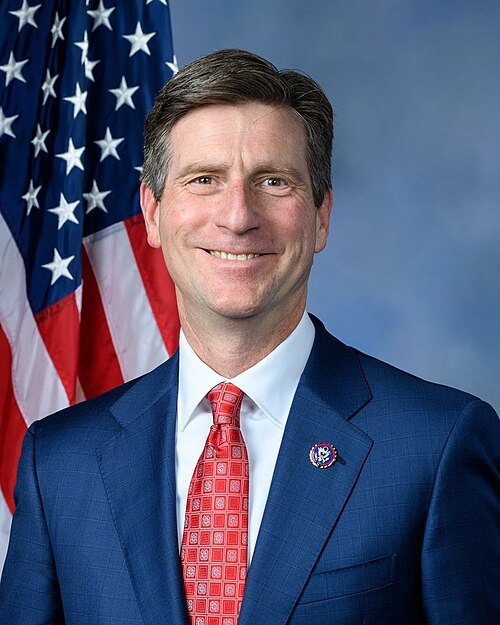H.R. 3212: Linking Access to Spur Technology for Agriculture Connectivity in Rural Environments Act of 2025
This bill, known as the Linking Access to Spur Technology for Agriculture Connectivity in Rural Environments Act of 2025, aims to enhance broadband connectivity for agricultural producers on rural land. Here are the main points regarding what the bill would do:
1. Establishment of the Last Acre Program
The bill introduces a new program called the "Last Acre Program," which will be established within one year of the bill's enactment. This program is designed to:
- Improve precision agriculture connectivity across the country.
- Expand high-speed internet access specifically to the last acre of land used for agricultural purposes, particularly in regions that are currently unserved or underserved by broadband services.
2. Definitions and Key Terms
The bill defines several key terms relevant to the objectives of the program:
- Broadband internet access service: Connectivity service defined by federal regulations.
- Covered producer: An individual or entity engaged in agricultural production who derives most of their income from that activity.
- Qualifying connectivity: Broadband services meeting specified speed requirements of 100 Mbps downstream and 20 Mbps upstream.
- Underserved and unserved land: Designations for land lacking sufficient access to broadband internet.
3. Funding and Assistance
The Secretary of Agriculture is authorized to provide grants and loans to broadband providers to help them extend services into unserved and underserved agricultural land. Key specifics include:
- Assistance can cover up to 80% of the total project cost, with the possibility of increasing to 90% for limited-resource farmers.
- Grants can only be awarded to projects servicing land that is confirmed as unserved or underserved as per established broadband maps.
4. Application and Bidding Process
To participate, broadband providers must:
- Submit applications, demonstrating their capability to deliver qualifying connectivity.
- Respond to bid notifications for service areas and face potential challenges from competing providers regarding their proposed services.
5. Prioritization of Projects
When selecting proposals for funding, the Secretary must prioritize:
- Projects serving unserved land in remote areas.
- Other unserved land.
- Underserved land in remote areas.
- Other underserved land.
6. Cybersecurity Requirements
In order to qualify for assistance, broadband providers must implement cybersecurity measures to protect the systems they deploy using the program funds.
7. Reporting and Data Collection
The Secretary is required to:
- Annually report to Congress on the results of the program and its bidding processes.
- Collect data on broadband usage in agricultural contexts to improve future service provisions.
8. Appropriations
The bill authorizes $20 million each year from 2026 through 2030 to fund the Last Acre Program.
Relevant Companies
- T - AT&T: As a major provider of broadband services, AT&T could be involved in expanding services to underserved agricultural areas.
- CMCSA - Comcast: Another significant provider that may participate in implementing broadband connections for agriculture producers.
- VZ - Verizon: Could be instrumental in expanding connectivity services in rural regions as outlined in the bill.
This is an AI-generated summary of the bill text. There may be mistakes.
Sponsors
2 bill sponsors
Actions
2 actions
| Date | Action |
|---|---|
| May. 06, 2025 | Introduced in House |
| May. 06, 2025 | Referred to the Committee on Agriculture, and in addition to the Committee on Energy and Commerce, for a period to be subsequently determined by the Speaker, in each case for consideration of such provisions as fall within the jurisdiction of the committee concerned. |
Corporate Lobbying
0 companies lobbying
None found.
* Note that there can be significant delays in lobbying disclosures, and our data may be incomplete.
